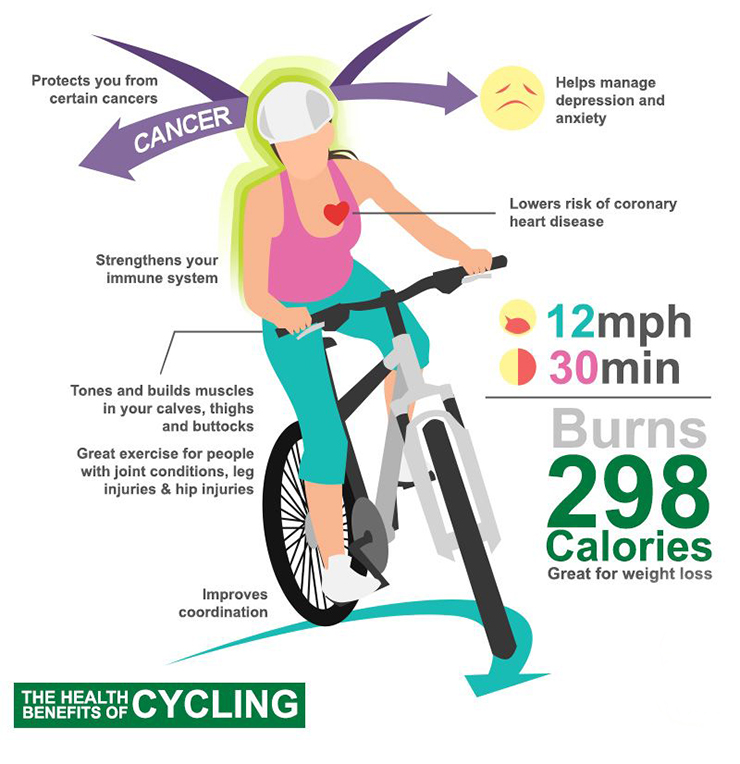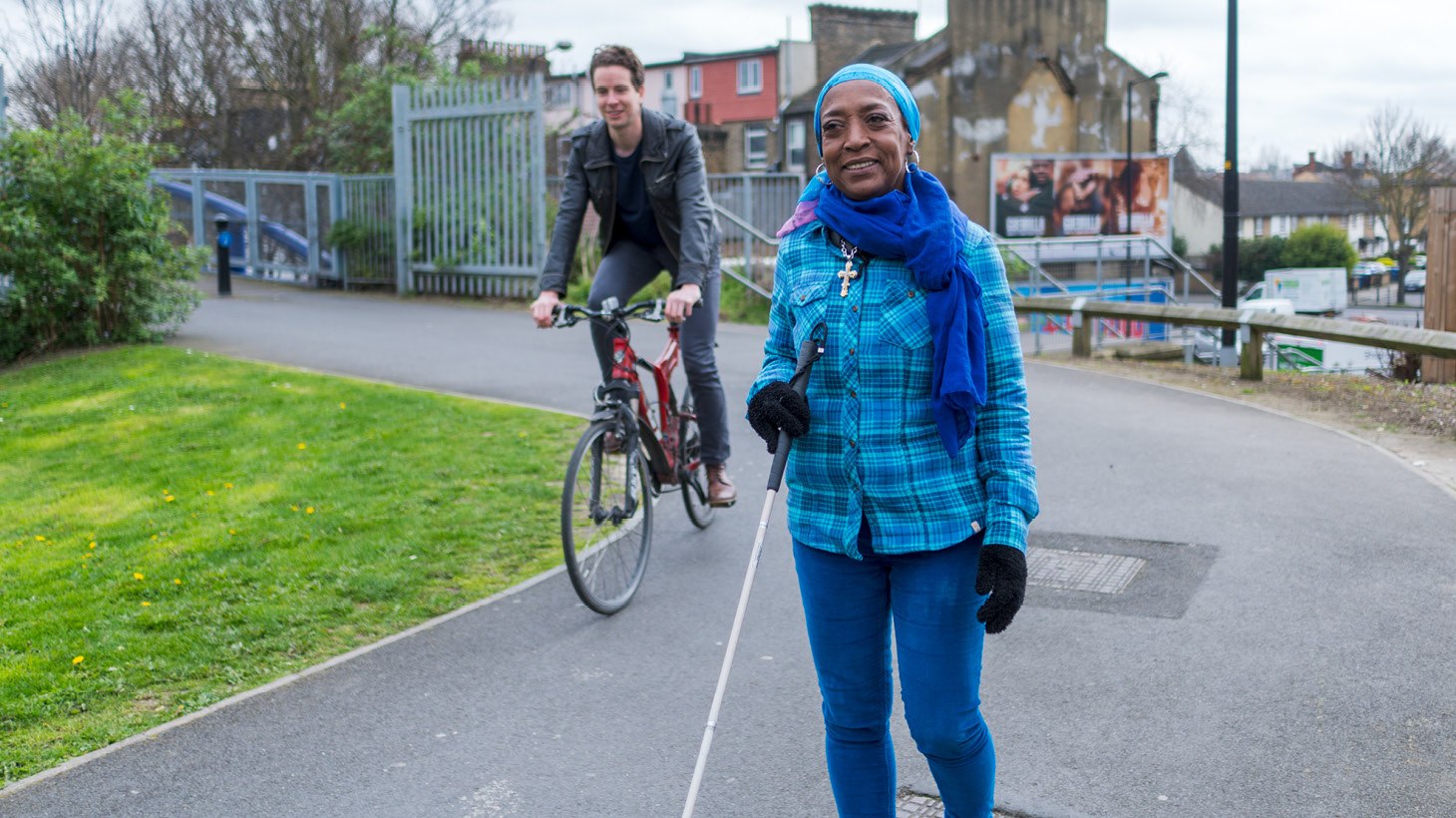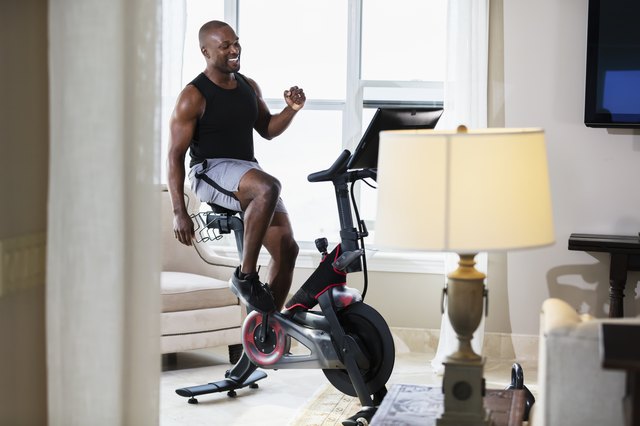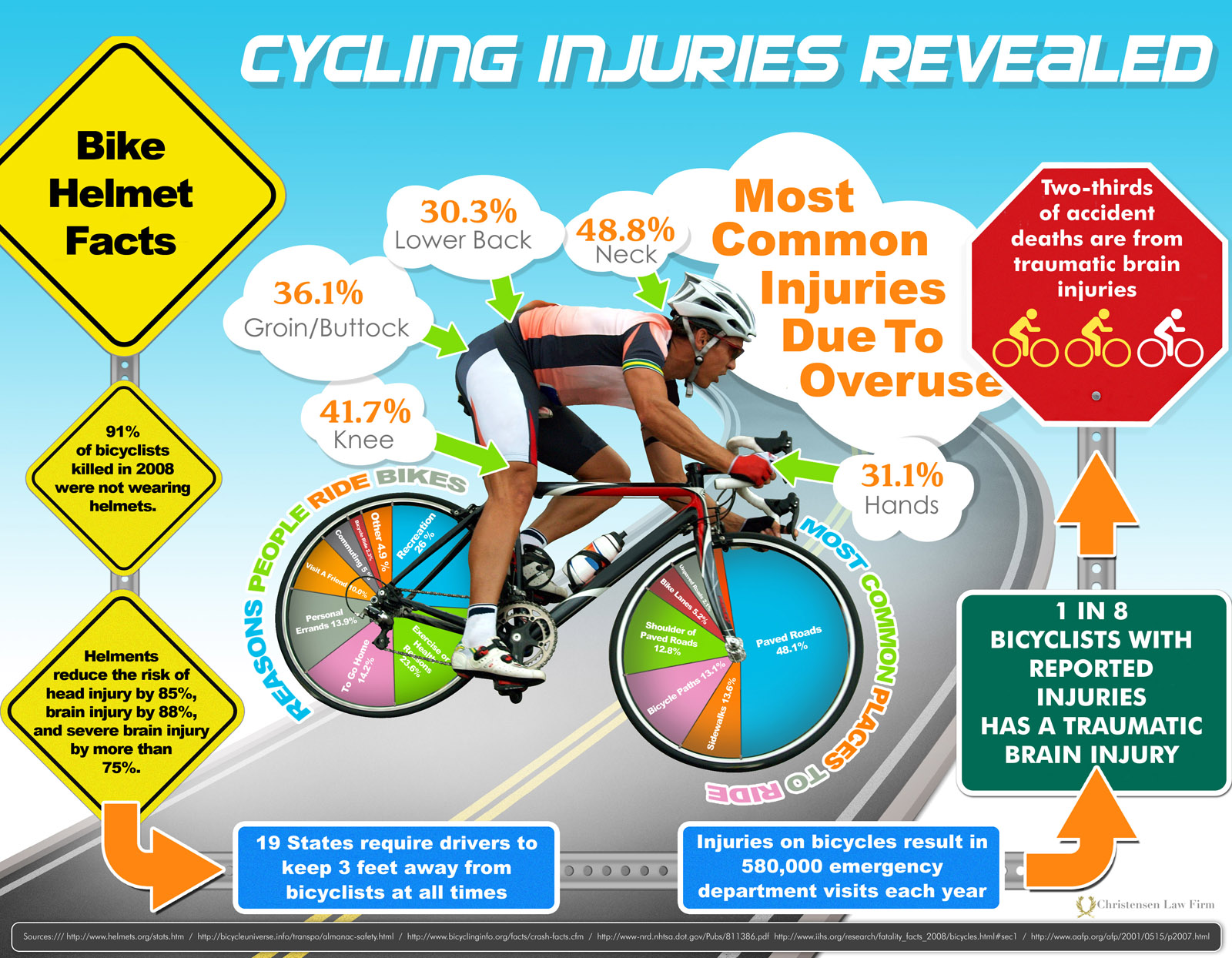Why Cycling is an Excellent Form of Physical Activity
Cycling is an excellent form of physical activity that offers numerous benefits for the body and mind. Regular cycling can improve cardiovascular health by strengthening the heart and lungs, increasing blood flow, and reducing the risk of heart disease. It can also increase muscle strength and flexibility, particularly in the legs, hips, and lower back. Additionally, cycling can aid in weight management by burning calories and building muscle mass. One of the most significant advantages of cycling is its adaptability to different fitness levels and goals. Whether you’re a beginner or an experienced athlete, cycling can be tailored to suit your needs and preferences.
For those who are new to cycling, it’s essential to start with short, manageable sessions and gradually increase the duration and intensity as fitness levels improve. This approach can help prevent injuries and ensure a sustainable cycling routine. Moreover, cycling can be done indoors or outdoors, making it an excellent option for people with busy schedules or those who prefer to exercise in the comfort of their own homes.
Research has shown that cycling can be an effective way to improve overall health and fitness, particularly when combined with a balanced diet and regular exercise routine. In fact, studies have found that regular cycling can reduce the risk of chronic diseases, such as type 2 diabetes, certain types of cancer, and osteoporosis. Furthermore, cycling can also improve mental health by reducing stress and anxiety, improving mood, and increasing self-esteem.
So, is bicycling good exercise? The answer is a resounding yes. With its numerous physical and mental health benefits, cycling is an excellent addition to any exercise routine. Whether you’re looking to improve your cardiovascular health, increase muscle strength and flexibility, or simply enjoy the outdoors, cycling is an excellent option. So why not dust off your bike and get pedaling? Your body and mind will thank you.
How to Get Started with Cycling for Fitness
Getting started with cycling for fitness can be an exciting and rewarding experience, but it can also be overwhelming for those who are new to the sport. With so many different types of bikes, safety gear, and accessories available, it can be difficult to know where to start. However, with a few simple tips and some basic knowledge, anyone can get started with cycling and begin to experience the many benefits that it has to offer.
The first step in getting started with cycling is to choose the right bike. There are many different types of bikes available, including road bikes, mountain bikes, and hybrid bikes. Each type of bike is designed for a specific type of riding, so it’s essential to choose a bike that is well-suited to your fitness goals and the type of riding you plan to do. For example, if you plan to ride on paved roads, a road bike may be the best choice. On the other hand, if you plan to ride on trails or rough terrain, a mountain bike may be a better option.
In addition to choosing the right bike, it’s also essential to invest in proper safety gear. This includes a helmet, gloves, and eye protection. A helmet is the most critical piece of safety gear, as it can help to protect your head in the event of a crash. Gloves can help to improve your grip on the handlebars and protect your hands from blisters and abrasions. Eye protection, such as goggles or sunglasses, can help to protect your eyes from wind, dust, and debris.
Another important aspect of getting started with cycling is proper bike fitting and maintenance. A bike that is properly fitted to your body can help to improve your comfort and efficiency while riding. This includes adjusting the seat height, handlebar height, and pedal position to fit your body. Regular maintenance is also essential to ensure that your bike is running smoothly and safely. This includes checking the tire pressure, lubricating the chain, and adjusting the brakes.
Finally, it’s essential to start slowly and gradually increase your riding distance and intensity. This can help to prevent injuries and ensure that you are able to stick with your cycling routine. It’s also a good idea to find a riding buddy or join a cycling group to help stay motivated and accountable.
By following these simple tips and investing in the right bike and safety gear, anyone can get started with cycling and begin to experience the many benefits that it has to offer. So, is bicycling good exercise? The answer is a resounding yes, and with the right knowledge and equipment, you can start experiencing the benefits of cycling for yourself.
The Caloric Burn: How Cycling Compares to Other Forms of Exercise
When it comes to burning calories and losing weight, cycling is an excellent form of exercise. But how does it compare to other forms of exercise, such as running, swimming, and walking? In this section, we’ll explore the caloric burn of cycling and how it stacks up against other popular forms of exercise.
According to various studies, cycling can burn anywhere from 400 to 1,000 calories per hour, depending on the intensity and duration of the ride. This is comparable to running, which can burn around 600 to 1,200 calories per hour. Swimming, on the other hand, can burn around 500 to 700 calories per hour, while walking can burn around 150 to 300 calories per hour.
One of the reasons cycling is such an effective way to burn calories is that it engages multiple muscle groups simultaneously. When you’re cycling, you’re using your legs, core, and upper body to propel the bike forward, which means you’re burning calories from multiple sources. Additionally, cycling can be done at a high intensity, which means you can burn even more calories in a shorter amount of time.
But cycling isn’t just about burning calories; it’s also an excellent way to improve cardiovascular health and increase muscle strength and flexibility. Regular cycling can help to improve cardiovascular function, reduce blood pressure, and increase muscle endurance. And because cycling is a low-impact activity, it’s easy on the joints, making it an excellent option for people with joint pain or mobility issues.
So, is bicycling good exercise? The answer is a resounding yes. Not only can cycling help you burn calories and lose weight, but it can also improve cardiovascular health, increase muscle strength and flexibility, and reduce stress and anxiety. Whether you’re a seasoned athlete or just starting out, cycling is an excellent way to get in shape and improve your overall health and well-being.
In terms of caloric burn, cycling is an excellent option for those looking to lose weight or improve cardiovascular health. While it may not burn as many calories as running or swimming, it’s a low-impact activity that can be done at a high intensity, making it an excellent option for those who want to get in shape without putting excessive strain on their joints.
Cycling for Mental Health: Reducing Stress and Anxiety
Cycling is not only an excellent form of physical exercise, but it also has numerous mental health benefits. Regular cycling can help to reduce stress and anxiety, improve mood, and increase self-esteem. In fact, studies have shown that cycling can be just as effective as medication in reducing symptoms of anxiety and depression.
One of the reasons cycling is so beneficial for mental health is that it allows individuals to disconnect from the stresses of daily life and connect with nature. Being outdoors and surrounded by natural beauty can have a calming effect on the mind and body, reducing feelings of anxiety and stress. Additionally, the physical activity of cycling can help to release endorphins, also known as “feel-good” hormones, which can improve mood and reduce symptoms of depression.
Cycling can also be a form of meditation and mindfulness. The repetitive motion of pedaling can be meditative, allowing individuals to focus on the present moment and let go of worries about the past or future. This mindfulness can help to reduce stress and anxiety, improving overall mental health and well-being.
Furthermore, cycling can provide a sense of accomplishment and self-esteem. Completing a challenging ride or reaching a new personal best can give individuals a sense of pride and confidence, which can translate to other areas of life. This increased self-esteem can help to reduce symptoms of anxiety and depression, improving overall mental health.
So, is bicycling good exercise for mental health? The answer is a resounding yes. Regular cycling can help to reduce stress and anxiety, improve mood, and increase self-esteem. Whether you’re a seasoned cyclist or just starting out, cycling is an excellent way to improve your mental health and well-being.
In addition to the mental health benefits, cycling can also provide a sense of community and social connection. Joining a cycling group or club can provide opportunities to meet new people and make friends, which can be especially beneficial for individuals who struggle with social anxiety or feelings of loneliness.
Types of Cycling: Road, Mountain, and Stationary Bikes
When it comes to cycling, there are several types of bikes to choose from, each with its own unique benefits and drawbacks. In this section, we’ll explore the different types of cycling, including road cycling, mountain biking, and stationary cycling.
Road cycling is a popular form of cycling that involves riding on paved roads. Road bikes are designed for speed and efficiency, with narrow tires and a lightweight frame. They are ideal for fitness enthusiasts who want to improve their cardiovascular health and increase their leg strength. Road cycling can be done on a variety of terrain, from flat roads to hilly routes.
Mountain biking, on the other hand, involves riding on unpaved trails and rough terrain. Mountain bikes are designed for durability and stability, with wide tires and a sturdy frame. They are ideal for adventure-seekers who want to explore new trails and challenge themselves physically. Mountain biking can be a great way to improve balance, coordination, and overall fitness.
Stationary cycling, also known as spin cycling, involves riding a stationary bike in a controlled environment. Stationary bikes are designed for comfort and convenience, with adjustable resistance and a comfortable seat. They are ideal for fitness enthusiasts who want to improve their cardiovascular health and increase their leg strength without leaving their home. Stationary cycling can be a great way to improve fitness without the risk of injury or inclement weather.
So, which type of cycling is best for you? The answer depends on your fitness goals, personal preferences, and lifestyle. If you’re looking for a low-impact workout that can be done at home, stationary cycling may be the best option. If you’re looking for a challenging workout that can be done outdoors, mountain biking may be the best option. And if you’re looking for a fast and efficient workout that can be done on paved roads, road cycling may be the best option.
Ultimately, the best type of cycling is the one that you enjoy the most and can stick to consistently. Whether you’re a seasoned cyclist or just starting out, cycling is an excellent way to improve your physical and mental health. So, is bicycling good exercise? The answer is a resounding yes, regardless of the type of cycling you choose.
In addition to the physical benefits, cycling can also provide a sense of freedom and adventure. Whether you’re riding on paved roads, unpaved trails, or stationary bikes, cycling can be a great way to explore new places and experience new things. So, why not give cycling a try? Your body and mind will thank you.
Creating a Cycling Workout Routine: Tips and Examples
Creating a cycling workout routine can be a great way to improve your fitness and achieve your cycling goals. Whether you’re a beginner or an experienced cyclist, a well-structured workout routine can help you get the most out of your cycling sessions. In this section, we’ll provide tips and examples of cycling workout routines, including interval training, hill sprints, and endurance rides.
Interval training is a great way to improve cardiovascular fitness and increase leg strength. This type of training involves alternating between high-intensity and low-intensity cycling. For example, you could cycle at maximum intensity for 1 minute, followed by 2 minutes of low-intensity cycling. This pattern can be repeated for 20-30 minutes, depending on your fitness level and goals.
Hill sprints are another effective way to improve leg strength and cardiovascular fitness. This type of training involves cycling uphill at maximum intensity for 30-60 seconds, followed by 2-3 minutes of low-intensity cycling. This pattern can be repeated for 20-30 minutes, depending on your fitness level and goals.
Endurance rides are a great way to improve cardiovascular fitness and increase leg strength. This type of training involves cycling at a moderate intensity for an extended period of time, typically 30-60 minutes. Endurance rides can be done on a variety of terrain, including flat roads, hilly roads, and mountainous terrain.
When creating a cycling workout routine, it’s essential to consider your fitness level and goals. If you’re a beginner, it’s best to start with shorter, more manageable workouts and gradually increase the duration and intensity as you become more comfortable. It’s also essential to include rest days and active recovery days in your routine to allow your body to recover and rebuild.
So, is bicycling good exercise? The answer is a resounding yes. With a well-structured workout routine, you can improve your cardiovascular fitness, increase leg strength, and achieve your cycling goals. Whether you’re a beginner or an experienced cyclist, cycling is an excellent way to improve your physical and mental health.
In addition to the physical benefits, cycling can also provide a sense of accomplishment and motivation. By setting and achieving cycling goals, you can build confidence and motivation, which can translate to other areas of your life. So, why not create a cycling workout routine and start pedaling your way to better health?
Overcoming Common Cycling Challenges: Safety, Motivation, and Injury Prevention
Cycling is a great way to improve physical fitness and mental well-being, but it can also come with some challenges. In this section, we’ll discuss common challenges faced by cyclists, including safety concerns, motivation, and injury prevention. We’ll also provide tips and advice on how to overcome these challenges and stay safe on the road.
Safety is a top concern for cyclists, and it’s essential to take steps to minimize the risk of accidents. One of the most critical safety measures is wearing a helmet. A helmet can help protect the head and brain in the event of a crash, and it’s essential to wear one that fits properly and meets safety standards. Additionally, cyclists should always follow traffic laws and regulations, use hand signals, and be aware of their surroundings.
Motivation is another common challenge faced by cyclists. It can be easy to get discouraged or lose motivation, especially when faced with inclement weather or difficult terrain. To overcome this challenge, it’s essential to set realistic goals and track progress. This can help build confidence and motivation, and make cycling more enjoyable. Additionally, finding a cycling buddy or joining a cycling group can provide accountability and support.
Injury prevention is also a critical concern for cyclists. One of the most common injuries is a fall, which can be caused by a variety of factors, including potholes, gravel, or slippery roads. To prevent falls, it’s essential to wear proper safety gear, including a helmet, gloves, and knee pads. Additionally, cyclists should always check their bike before riding, and make sure it’s in good working condition.
So, is bicycling good exercise? The answer is a resounding yes. With proper safety measures, motivation, and injury prevention, cycling can be a safe and enjoyable way to improve physical fitness and mental well-being. Whether you’re a beginner or an experienced cyclist, cycling is an excellent way to challenge yourself and achieve your fitness goals.
In addition to the physical benefits, cycling can also provide a sense of freedom and adventure. Whether you’re riding on a scenic bike trail or exploring new neighborhoods, cycling can be a great way to experience new things and enjoy the outdoors. So, why not give cycling a try? With the right safety measures, motivation, and injury prevention, you can overcome common cycling challenges and enjoy the many benefits of cycling.
Measuring Progress: How to Track Your Cycling Fitness Journey
Tracking progress is an essential part of any fitness journey, and cycling is no exception. By monitoring your progress, you can stay motivated, adjust your training plan, and achieve your fitness goals. In this section, we’ll discuss the importance of tracking progress when cycling for fitness and provide tips on how to do it effectively.
One of the most effective ways to track progress is by using a heart rate monitor. A heart rate monitor can help you track your heart rate in real-time, allowing you to adjust your intensity and pace accordingly. This can be especially useful for interval training and high-intensity workouts.
Another way to track progress is by using a GPS device or cycling app. These tools can help you track your distance, speed, and route, allowing you to monitor your progress and adjust your training plan accordingly. Many GPS devices and cycling apps also provide additional features, such as cadence tracking, power output, and calorie burn.
Cycling apps are also a great way to track progress and stay motivated. Many apps provide personalized training plans, workout tracking, and social sharing features, allowing you to connect with other cyclists and stay motivated. Some popular cycling apps include Strava, MapMyRide, and CycleMeter.
In addition to using technology to track progress, it’s also essential to monitor your physical and mental health. This can include tracking your weight, body fat percentage, and overall health metrics, as well as monitoring your mental health and well-being.
So, is bicycling good exercise? The answer is a resounding yes. By tracking your progress and staying motivated, you can achieve your fitness goals and enjoy the many benefits of cycling. Whether you’re a beginner or an experienced cyclist, tracking progress is an essential part of any fitness journey.
In conclusion, tracking progress is an essential part of any fitness journey, and cycling is no exception. By using heart rate monitors, GPS devices, cycling apps, and monitoring your physical and mental health, you can stay motivated, adjust your training plan, and achieve your fitness goals. So, why not start tracking your progress today and see the benefits of cycling for yourself?







